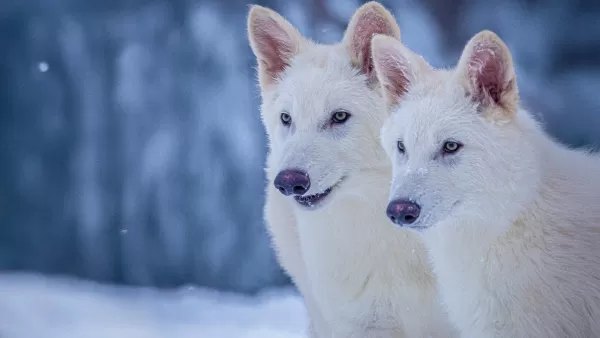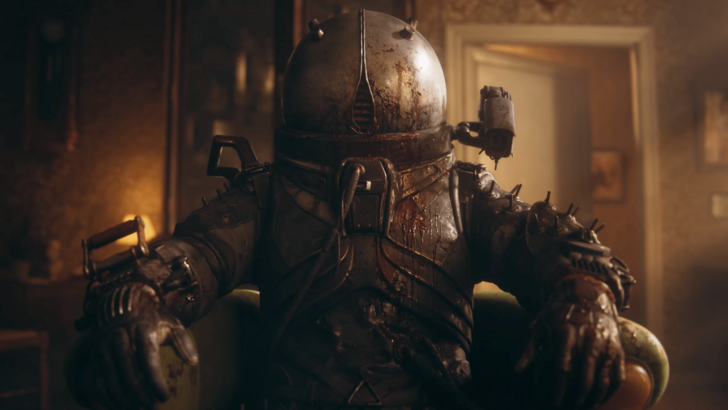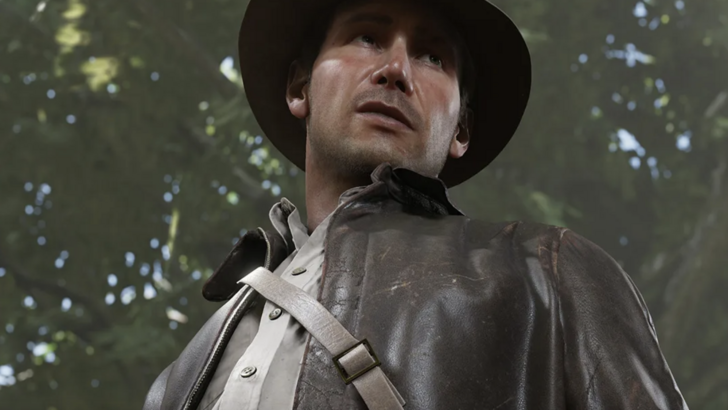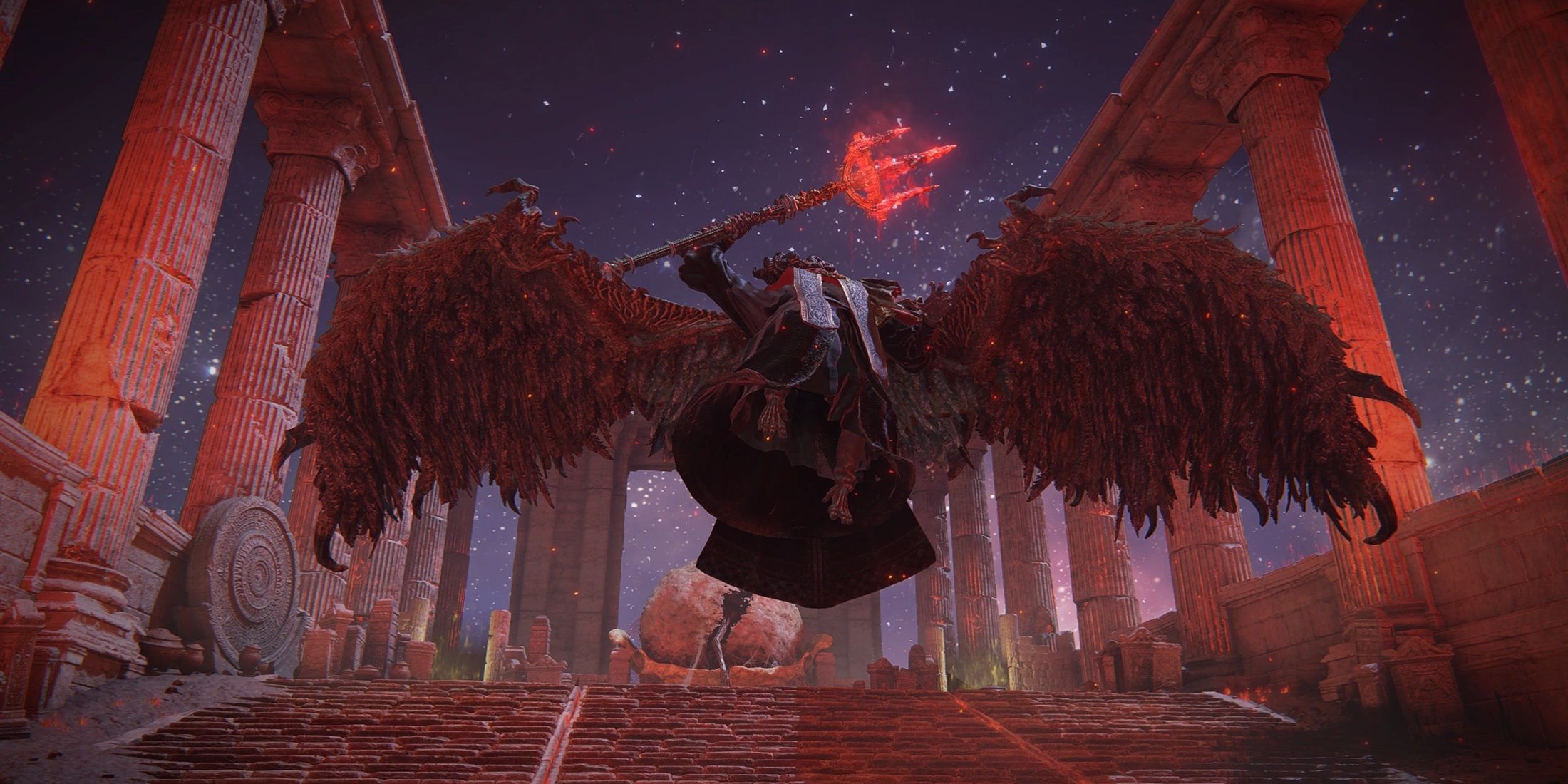Reviving a massive prehistoric canine species that vanished over 12,500 years ago might sound like the plot of a sci-fi thriller filled with dramatic special effects and buckets of cinematic gore—but incredibly, it’s now a reality. Thanks to recent advancements in biotechnology, three living dire wolves have been successfully brought into the world and are currently residing in a secure location within the United States.

The minds behind this astonishing breakthrough belong to Colossal Biosciences, a pioneering biotech firm known for pushing the boundaries of genetic engineering. The team utilized DNA from a 13,000-year-old dire wolf tooth and a 72,000-year-old skull fragment, combined with gene-editing techniques and domestic dog surrogates, to bring Romulus, Remus, and their younger sister, Khaleesi, into existence. Despite their mythic-sounding names, these pups are very real—and they look every bit as majestic as you'd imagine: large, white, and impressively robust.
“I could not be more proud of the team. This major milestone marks the first of many demonstrations that our full-scale de-extinction technology platform is functional,” said Ben Lamm, CEO of Colossal Biosciences. “Our team extracted DNA from ancient specimens and created healthy dire wolf puppies. It was once said, ‘any sufficiently advanced technology is indistinguishable from magic.’ Today, we’re excited to share some of that magic and its potential impact on conservation science.”

This isn’t Colossal Biosciences’ first leap into the realm of genetic revival. Previously, the company made headlines by creating what's known as a "Colossal Woolly Mouse"—a mouse genetically altered to resemble an ancient mammoth in appearance. That project involved the computational analysis of 59 woolly, Columbian, and steppe mammoth genomes dating back between 3,500 and over 1,200,000 years. However, not everyone is convinced that these modern-day dire wolves are authentic replicas. Some critics argue that the available dire wolf DNA is too fragmented to produce a true genetic clone, making these animals more like regular wolves dressed up in evolutionary cosplay.
Yet, the mission of Colossal Biosciences extends far beyond generating viral moments or owning impressive pets. Their ultimate goal is to apply these groundbreaking technologies to aid in the preservation of endangered species currently facing extinction. According to Dr. Christopher Mason, a scientific advisor and board member at Colossal, “The de-extinction of the dire wolf and the development of a complete system for reversing extinction represents a transformative achievement—one that ushers in a new era of responsible biological stewardship.”
He continued, “The same innovations used to recreate the dire wolf can also play a crucial role in protecting other vulnerable species. This is a remarkable leap forward in genetic engineering, offering powerful tools for both scientific discovery and global conservation efforts. It’s a vivid demonstration of how biotechnology can help safeguard biodiversity—both for existing species and those long gone.”
In terms of care and habitat, Colossal Biosciences has collaborated with the American Humane Society and the USDA to ensure the highest standards of animal welfare. The dire wolves now reside on a sprawling 2,000+ acre preserve specifically designed for their well-being. They are under constant supervision by a dedicated team of caretakers—fitting for creatures that are not only scientific marvels but also modern-day icons of innovation.

 Latest Downloads
Latest Downloads
 Downlaod
Downlaod




 Top News
Top News









